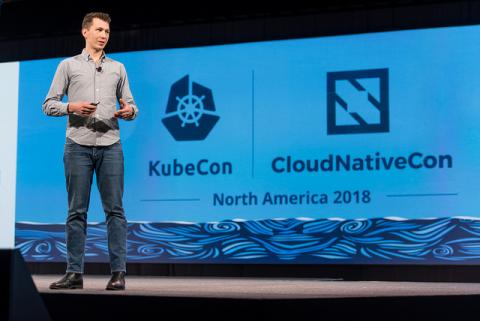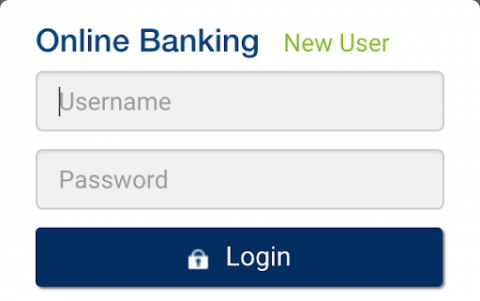Operations | Monitoring | ITSM | DevOps | Cloud
Latest News
The Key Message from KubeCon NA 2018: Prometheus is King
I made the trip up to Seattle for KubeCon North America at the end of 2018 along with a bunch of us from Sumo Logic. KubeCon is a conference that specializes in all things Kubernetes and focuses on updating the world on the state of the Kubernetes ecosystem. This year’s event was massive with 8,000 attendees, and talks given by representatives from Amazon Web Services (AWS), Google Cloud Platform (GCP), and Microsoft Azure to name a few big wigs that were there.
Mergers & Acquisitions: Getting Your IT Integration Strategy Right Post-Acquisition
Mergers and Acquisitions (M&A) in the private sector have been experiencing unprecedented growth, not only in terms of the number of yearly global transactions, but also in terms of their value. M&As are also well-reputed for their exceptionally high failure rates, as highlighted by the Harvard Business review in 2016: “…companies spend trillions on acquisitions every year. Yet study after study puts the failure rate of mergers and acquisitions somewhere between 70% and 90%”.
Five Multi-Platform Network Administration Tools
The terms “omni-channel” and “multi-platform” may be used to describe many of the network operations or customer interactions of today’s businesses, and the administration of these operations must be wide-ranging and comprehensive to enable organizations to keep pace.
SolarWinds to Showcase SDN Monitoring Support at Cisco Live! EMEA
Rethinking UX for AI-driven Alerting
I’ve been designing monitoring tools for almost 10 years now, and in that time a lot has changed. The infrastructure we build software on, for example, has been transformed multiple times—moving first from physical hosts to VMs in the cloud, then from VMs to containers, and now from containers to serverless and cloud service-based infrastructure.
10 Tips for a Smooth Transaction Check
A Transaction Check is designed to run through a specific set of instructions and test certain elements on your site. The check interacts with clickable objects or text fields, and can test important elements like: Shopping carts, Login forms, and Landing pages. Before you begin configuration of a check, it’s helpful to run through this list of potential items you need.
Getting Your Feet Wet with the Logz.io API
API access is available at the Enterprise tier of our product. With it, you can create a whole range of heavily customized use cases to further expand our suite of offerings. For example, you can hit our API to send customized query results to a third party service like Nagios, or you can automate the creation and deletion of sub-accounts.
Leverage the Power of Opsgenie and Dynatrace Together, Learn More: Visit us at Dynatrace Perform 2019
Dynatrace Perform is an event in Las Vegas January 28-30, that gathers folks in the cloud and software spaces looking to network, be inspired, and release better software, faster. As a Silver sponsor, Atlassian will have a booth staffed by members of the Opsgenie team, ready to talk to you about how Opsgenie's Dynatrace integration can lead to a faster MTTA (mean time to acknowledge) and reduced MTTR (mean time to respond) for your enterprise or medium business.
Preparing for Browser Automation by Using Web Developer Tools to Identify HTML Elements
In a separate article, we introduced the concept of performing synthetic transactions with LogicMonitor. An obviously crucial step of that process is actually scripting the automation. You can have all the right automation tools installed but how do you get started with the actual script? This article will help illustrate some of the preparation needed for developing a browser automation script.











